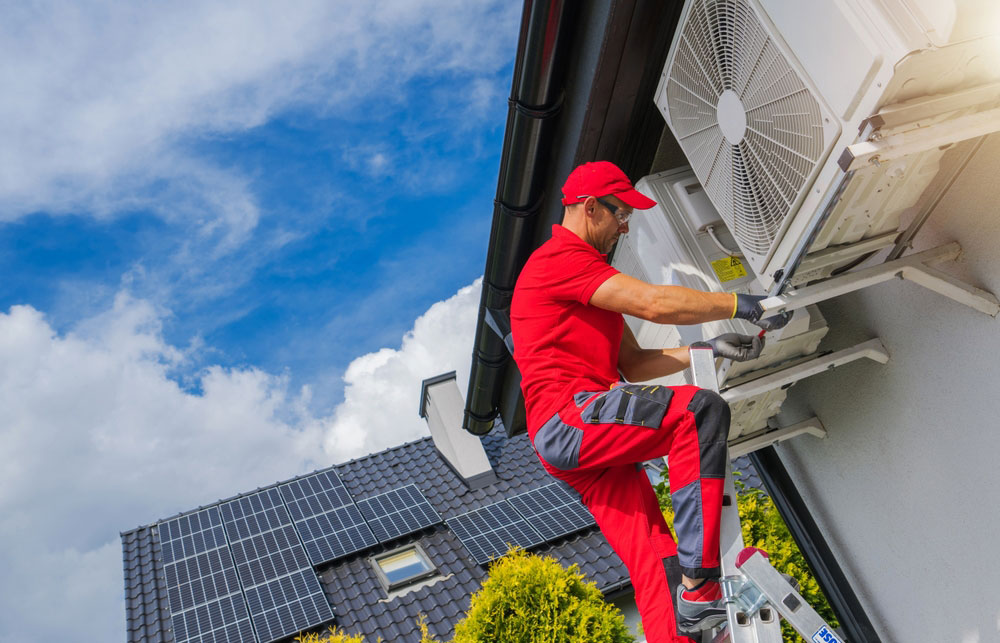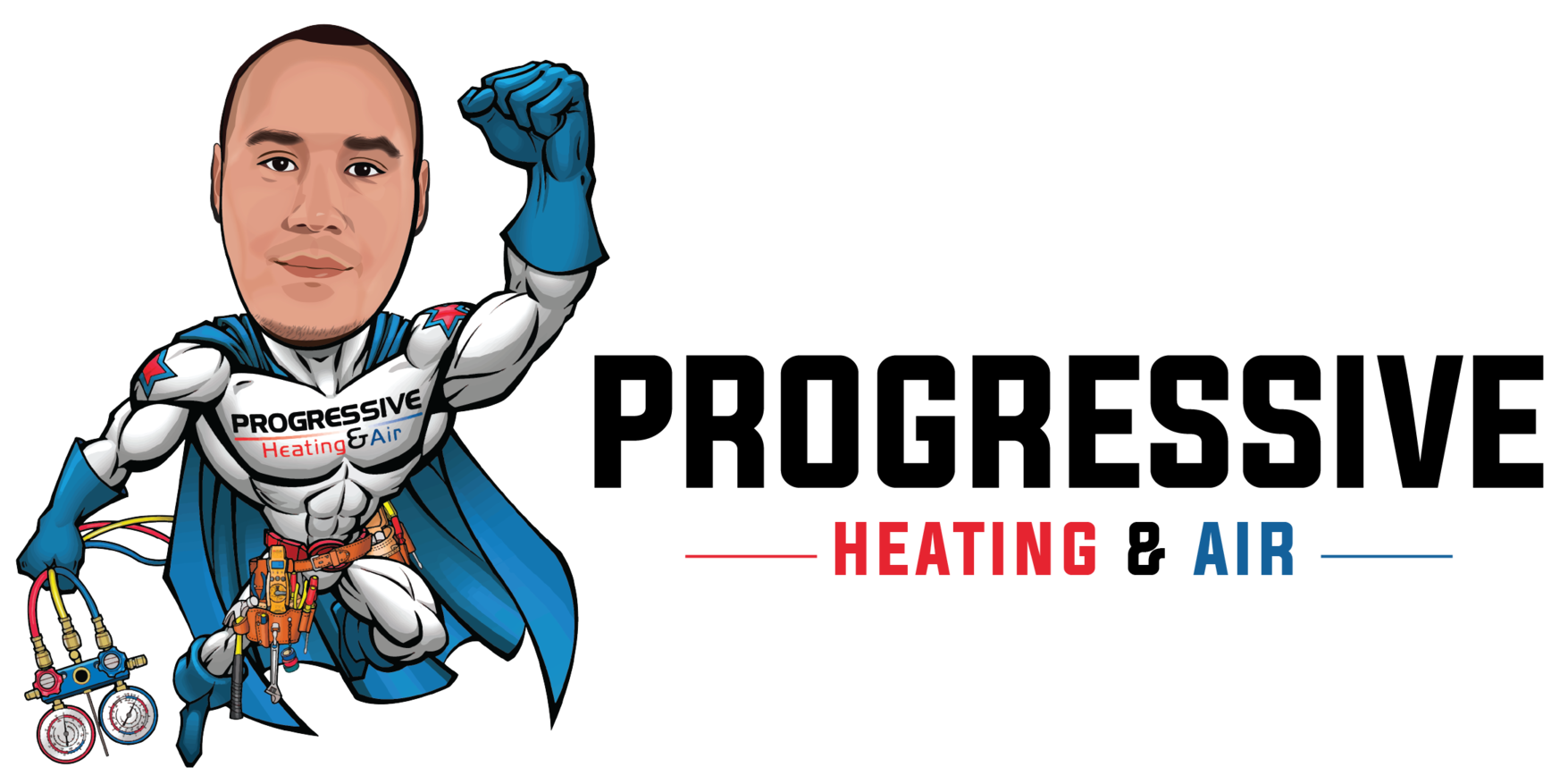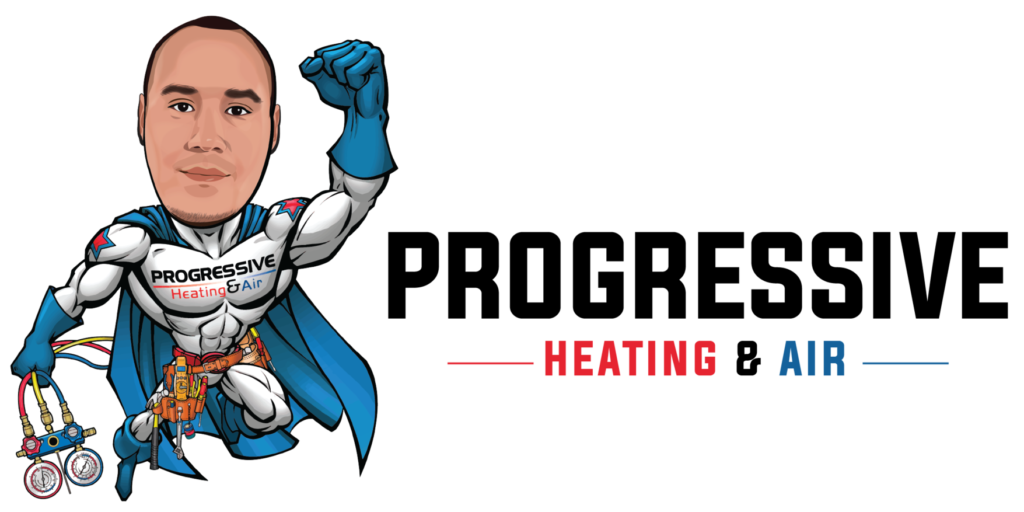
The time required for AC service can vary widely depending on several factors.
Routine maintenance typically takes one to two hours, but more complex issues or older units might require additional time.
The technician’s experience and the availability of parts can also impact how long the process takes, potentially leading to unexpected delays.
Understanding these factors can help you plan effectively when scheduling your next service appointment, so you’re better prepared for any possible timeframe.
Factors Affecting AC Service Time
The duration of an AC service can vary depending on several factors.
Here’s a breakdown of the key factors that can influence service time:
Complexity of the Issue
- Minor Issues: Simple problems, such as a clogged filter or a minor electrical issue, can be resolved quickly.
- Major Repairs: Complex issues, such as compressor failures or refrigerant leaks, may require more extensive repairs and longer service times.
Age and Model of the AC Unit
- Older Units: Older units may require more time for diagnosis and repair due to outdated technology and potential wear and tear.
- Less Common Models: Finding replacement parts for less common models can take longer, impacting service time.
Technician’s Expertise
- Experienced Technicians: Skilled technicians can often diagnose and fix problems more efficiently.
- Training and Certification: Well-trained technicians with proper certifications can provide faster and more accurate service.
Availability of Parts
- Common Parts: Common parts are readily available, allowing for quick repairs.
- Specialized Parts: Less common or specialized parts may need to be ordered, which can delay service.
Seasonal Demand
- Peak Season: During peak seasons, technicians may be busier, leading to longer wait times for service.
- Off-Peak Season: During off-peak seasons, technicians may have more availability for quicker service.
Location and Accessibility
- Remote Locations: Technicians may need to travel longer distances to reach remote locations, increasing service time.
- Accessibility Issues: Difficult access to the AC unit, such as attic or rooftop installations, can slow down the process.
By understanding these factors, you can better anticipate the time required for AC service and plan accordingly.
It’s always a good idea to schedule routine maintenance during off-peak seasons to avoid longer wait times and potential issues.
Routine AC Maintenance
Regular maintenance of your air conditioning unit is crucial to ensure its optimal performance, energy efficiency, and longevity.
By scheduling routine check-ups, you can proactively address potential issues before they escalate into major problems.
Typical Duration of a Routine AC Maintenance
A standard AC maintenance service typically takes 1-2 hours to complete.
However, the exact duration may vary depending on factors such as:
- Size of the AC Unit: Larger units may require more time for inspection and cleaning.
- Complexity of the System: Older or more complex systems might need additional attention.
- Extent of Cleaning Required: Heavily soiled units may require more thorough cleaning.
- Additional Services: If additional services like refrigerant recharging or repair work are necessary, the service time may increase.
Key Tasks Performed During Routine Maintenance
- Inspecting and Cleaning Air Filters: Regular filter cleaning or replacement improves airflow and reduces energy consumption.
- Checking Refrigerant Levels: Ensuring proper refrigerant levels prevents inefficient operation and potential damage.
- Cleaning Coils: Removing dirt and debris from the coils enhances heat transfer efficiency.
- Lubricating Moving Parts: Proper lubrication reduces friction and extends the life of the unit.
- Testing Electrical Components: Checking for loose connections, damaged wires, and faulty components.
- Thermostat Calibration: Ensuring accurate temperature control.
By investing in regular maintenance, you can enjoy a cooler, more comfortable home while reducing energy costs and extending the lifespan of your AC unit.
Repair Time Estimates
The time it takes to repair your AC unit can vary significantly, depending on the specific issue:
Quick Fixes (Typically 1-2 hours)
- Clogged Air Filter: A simple and quick fix that can be done during a routine maintenance check.
- Low Refrigerant: A relatively straightforward issue that can often be resolved in a short amount of time.
Moderate Repairs (Half a Day to a Full Day)
- Malfunctioning Fan Motor: Requires replacing a faulty component.
- Leaking Ductwork: May involve sealing or replacing damaged sections of ductwork.
Major Repairs (Multiple Days)
- Faulty Compressor: A major component that may need to be replaced.
- Damaged Evaporator Coil: Requires specialized tools and techniques to repair or replace.
Factors Affecting Repair Time:
- Availability of Parts: Older units may require specialized or discontinued parts, which can delay repairs.
- Technician’s Schedule: During peak seasons, technicians may be booked solid, leading to longer wait times.
- Severity of the Issue: Complex repairs naturally take longer to complete.
Tips for Minimizing Repair Time:
- Regular Maintenance: Preventative maintenance can help identify and address minor issues before they escalate.
- Quick Action: Don’t delay calling a technician if you notice a problem. Early intervention can often lead to faster repairs.
- Communicate with Your Technician: Discuss your schedule and any time constraints to help them prioritize your repair.
By understanding these factors and taking proactive steps, you can minimize repair time and ensure your AC is up and running as quickly as possible.
The time required to service an AC unit varies depending on factors like issue complexity, unit age, and technician availability.
By understanding these elements and keeping up with routine maintenance, you can avoid long wait times and reduce repair durations.
Regular check-ups, quick action on minor issues, and open communication with your technician all contribute to a more efficient service process.
With proper care and timely intervention, you can ensure a comfortable and cool home environment while avoiding extended downtime and costly repairs.



